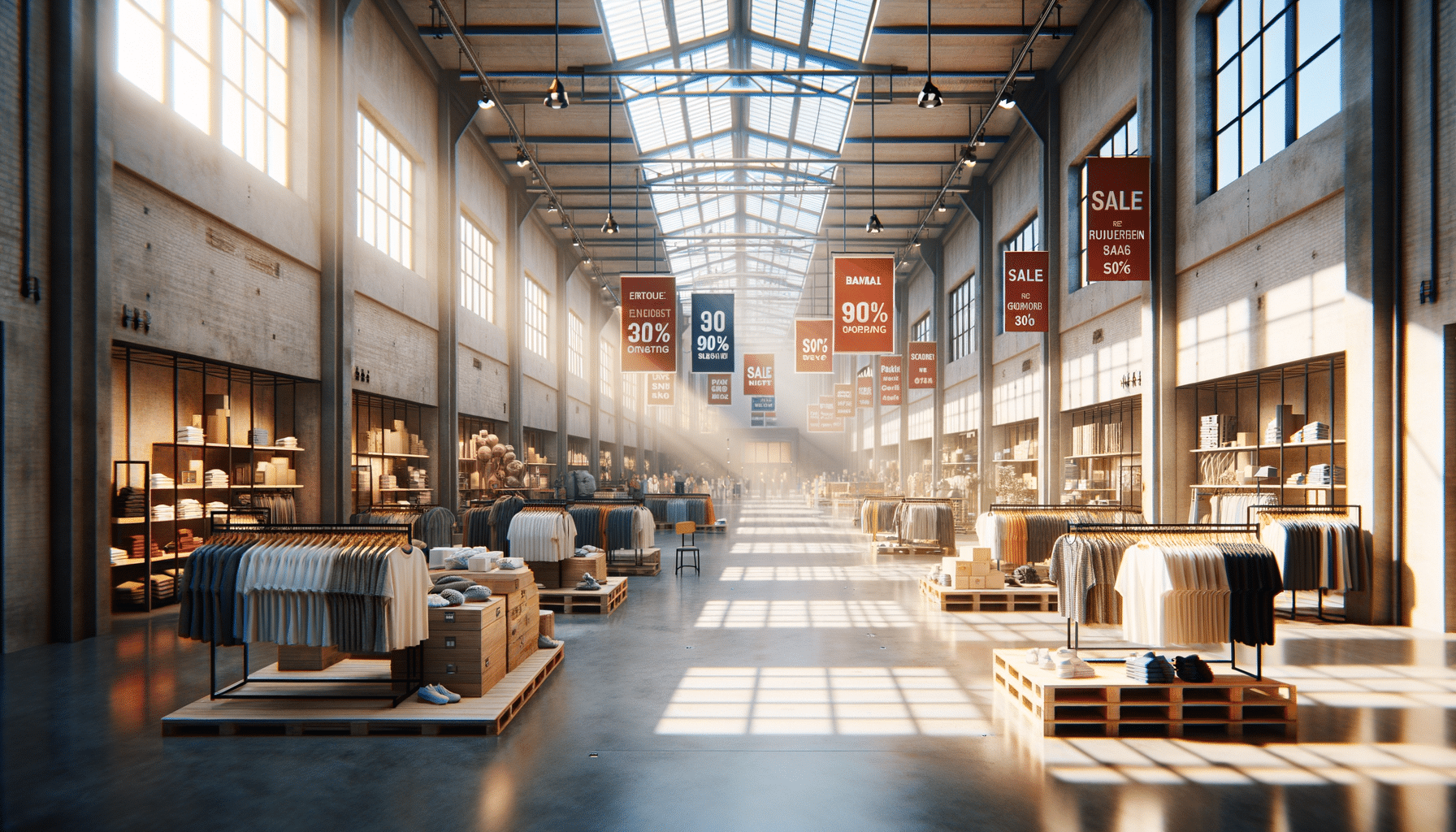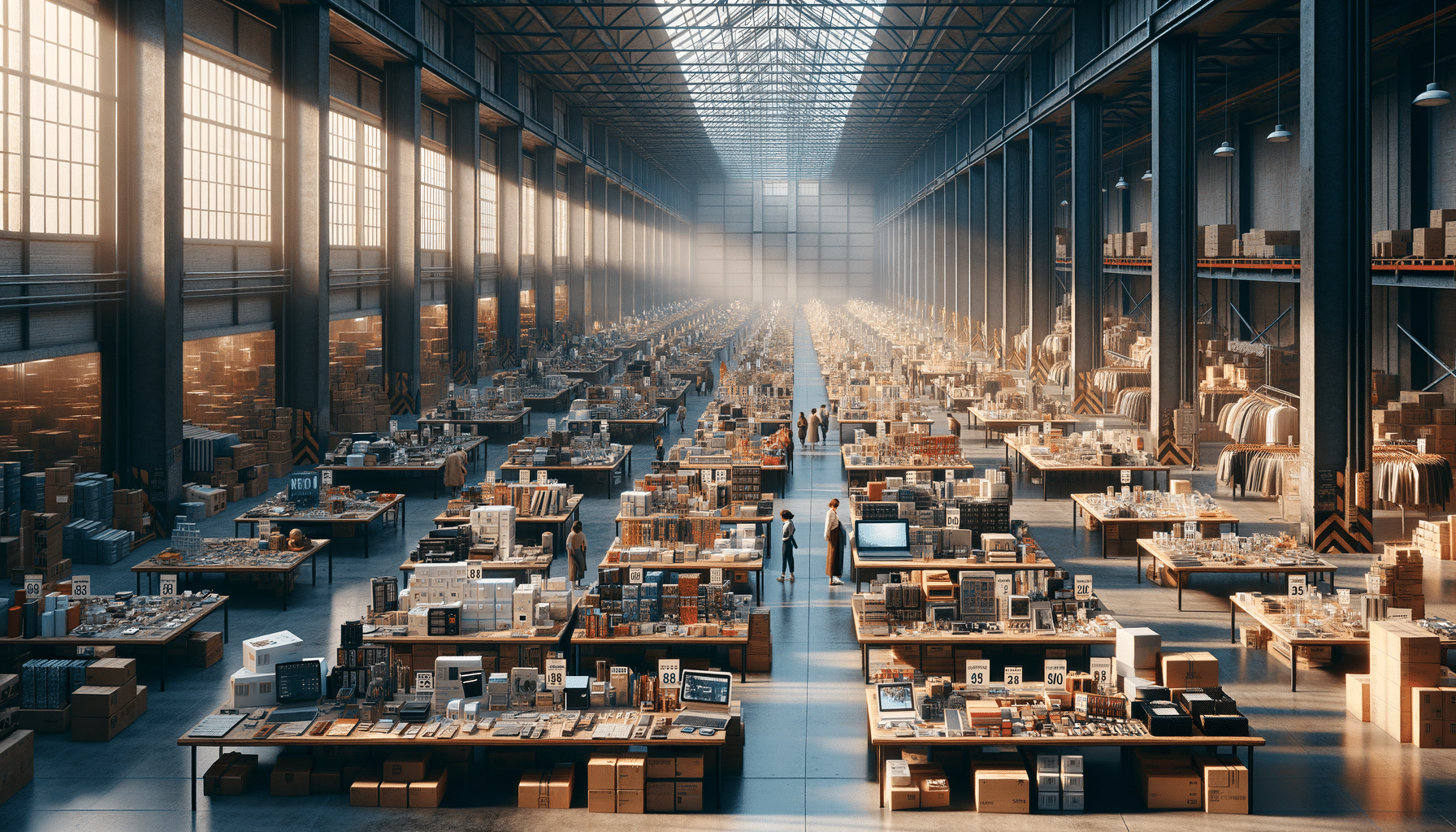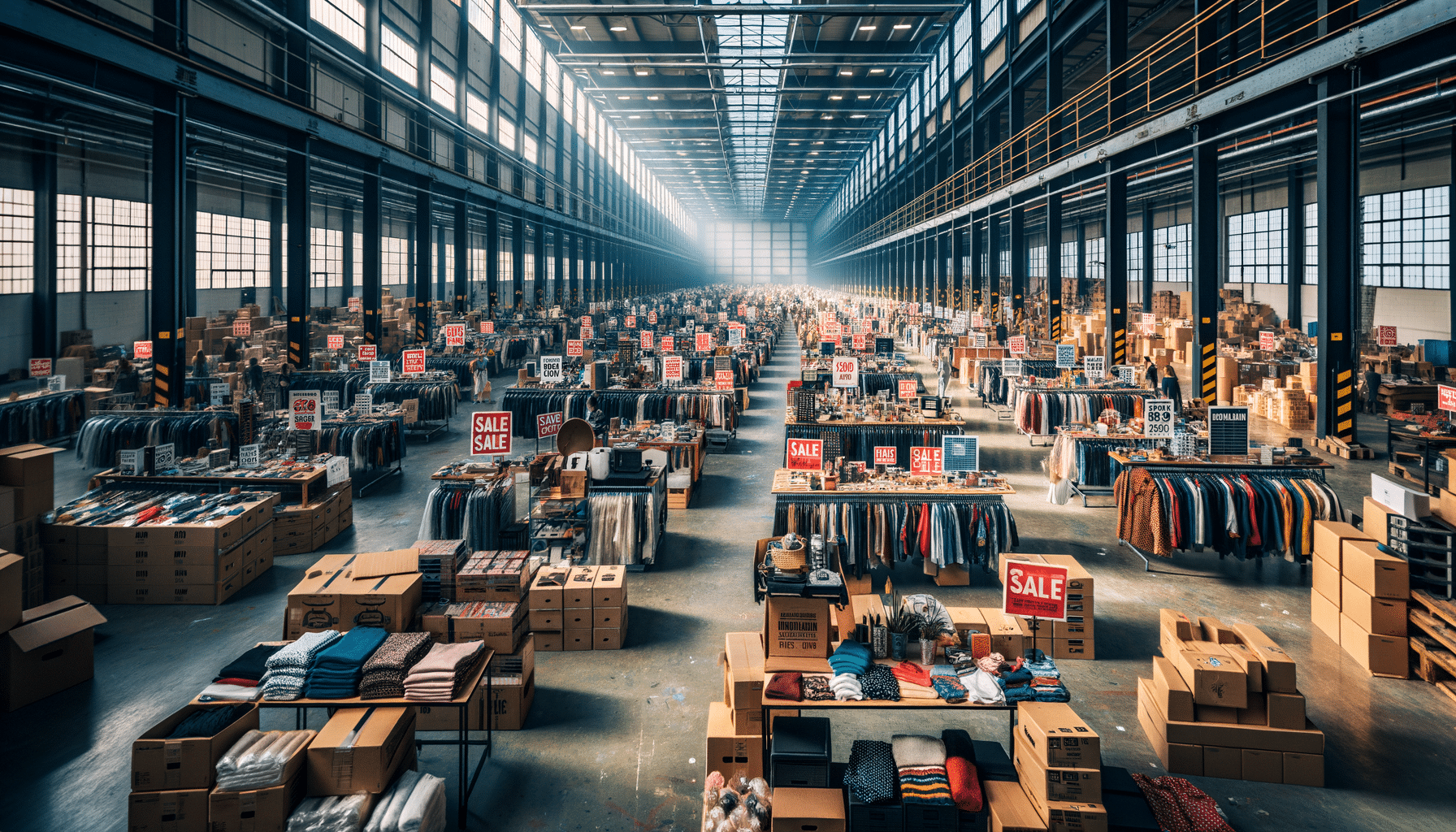
Mastering the Art of Long Exposure Photography: Tips and Tricks
Long exposure photography is a captivating technique that allows photographers to capture the passage of time in a single frame, creating stunning images that are both ethereal and dynamic. This approach can transform ordinary scenes into extraordinary works of art by capturing light trails, silky water flows, and dramatic cloud movements.
Long exposure photography is a technique that can add a creative edge to your photographic repertoire. By mastering this method, you can produce images that stand out due to their unique portrayal of time and motion.
Understanding Long Exposure
At its core, long exposure photography involves leaving the camera’s shutter open for an extended period, allowing more light to hit the sensor. This can result in beautifully blurred motion, which is ideal for capturing elements like flowing water or moving clouds.
Expert Insights
Renowned photographer Michael Shainblum suggests that long exposure is about patience and timing. “It’s about understanding the movement within a scene and deciding how you want to portray that,” he explains.
Statistics and Research
According to a survey by the Photographic Society, 67% of photographers believe that incorporating long exposure techniques has significantly enhanced their portfolio, providing them with a substantial creative edge.
Personal Experience
In my early days of photography, experimenting with long exposure opened up a new world of possibilities. During a coastal shoot, I captured a scene where the waves appeared as a misty veil over the rocks, a result that amazed both myself and my viewers.
Getting Started with Long Exposure
- Choose the Right Equipment: A sturdy tripod is essential to prevent camera shake during long exposures.
- Use a Remote Shutter Release: This tool helps minimize vibrations when pressing the shutter button.
- Set to Manual Mode: Control your exposure settings manually to achieve the desired effect.
- Experiment with ND Filters: Neutral Density filters reduce light entering the lens, allowing for longer exposures even in bright conditions.
| Setting | Purpose |
|---|---|
| Shutter Speed | Controls the length of exposure |
| Aperture | Regulates the depth of field |
| ISO | Adjusts sensor sensitivity to light |
| ND Filter | Reduces light for longer exposure |
| Tripod | Stabilizes the camera |
| Remote Shutter | Prevents camera shake |
| Manual Mode | Full control over settings |
| Composition | Framing the scene |
Conclusion
Mastering long exposure photography takes time and practice, but the rewards are well worth the effort. By applying the tips and techniques outlined above, you can create compelling images that capture the essence of motion and time.
FAQs
What is the ideal shutter speed for long exposure?
The ideal shutter speed depends on the desired effect. For light trails, a few seconds may suffice, while for smoother water, you might need several minutes.
Do I need a special camera for long exposure?
Most DSLRs and mirrorless cameras support long exposure settings. Ensure your camera allows manual adjustments to shutter speed, aperture, and ISO.
Can I use long exposure during the day?
Yes, using ND filters can help you achieve long exposures even in bright daylight conditions.


